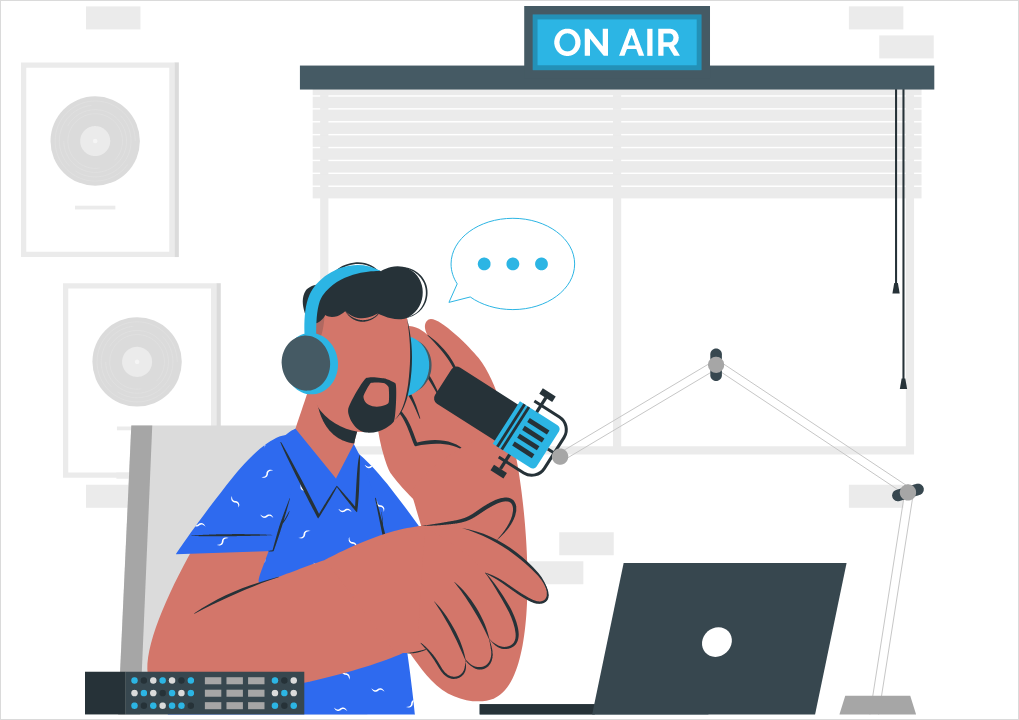The majority of paid digital marketing is based on an auction model, in which marketers compete for the right to show their advertising to a specific audience.
Each advertiser submits a bid for the auction that indicates the highest amount of money they are ready to pay.
To determine which ads are displayed, the advertising platform either considers the bid amount alone or a mix of variables.
Depending on your final outcome, Google offers a variety of ways to bid for your advertising. The majority of advertisers are concerned about clicks, impressions, conversions, or views.
Pretty straightforward isn’t it?
Depending on your business’s goals, Google Advertisements offers multiple ways to bid for your ads.
We’ve broken down those alternatives below so you can pick the one that best fits your needs.
Bid Options:
- CPA Target
Get as many conversions as possible at the CPA you’ve established. If your goal is to boost targets and leads, this strategy is great to adopt.
- ROAS target
With this bidding method, you’ll get the most Return on Ad Spend (ROAS)
With a Target ROAS plan, you should be prepared to spend up to 2 times your normal daily expenditure. For eCommerce marketing with no financial constraints, Target ROAS is the best option. If you want to boost your profits, this is the way to go.
- Increase the number of clicks
With “Maximize clicks,” Google Ads will adjust your bids automatically to help you achieve as many clicks as possible while staying within your budget.
When you have a high conversion rate and want to increase volume, this is the way to go.
This method can be useful when you want more people to visit your website or landing page. But hey, don’t forget to stay on top of click-fraud.
- Conversions should be maximized.
If you want to improve sales or leads, you may have Google set your bids automatically to assist you to obtain the most conversions for the money. This method works well if you want to spend your full budget in a single day, such as if you want to max out your monthly spending.
- Conversion Value Maximization
Google Ads adjusts your bids automatically to help you obtain the maximum conversion value for your money. Google determines the best CPC bid for each auction based on the information gathered about the device, location, time of day, demographics, query, and other factors.
- Share of target impressions
Target impression share” automatically adjusts your bids to enhance the likelihood of your advertisements appearing in the search page area you specify—perfect for raising brand recognition.
With that out of the way, it’s time to go into the finer points of Google Ads bidding.
Smart Bidding vs. Manual Bidding
What is manual bidding, and how does it work?
Manual bidding is a type of bidding in which you establish your own maximum cost-per-click (CPC) for your keywords.
You only pay when someone clicks on your ad, not when they just look at it.
Pros –
- Manual CPC bidding allows you to select the maximum amount you’re willing to spend for each ad click.
- The most granular control you can have over your campaign’s keywords
Cons –
- Time-consuming
- Because Google’s wealth of data on user activity isn’t being used to drive bid estimates, there’s a risk of worse consequences.
- Making great ads requires experience and a comprehensive understanding of Google, making it challenging for novice users.
- When trying to locate users who are most likely to convert on your offer, it ignores Google’s machine learning.
What is smart bidding, and how does it work?
Smart Bidding is a subset of automated bid strategies that optimize for conversions or conversion value in every auction using machine learning. “Auction-time bidding” is the term for this feature.
Target CPA, target ROAS, maximize conversions, maximize conversion value, and Enhanced CPC are all smart bidding methods (eCPC)
Pros –
- Machine learning is used to identify users who are more interested in your offer than the average searcher.
- A diverse set of contextual cues
- Controls for performance that are adaptable
- Performance reporting that is open and transparent
Cons
- You don’t have access to or control over the data that’s being used.
- You relinquish some budgetary control.
- Google’s broad data may not reflect your target demographic, but rather a larger audience.
- To function successfully, tCPA requires a solid budget (your daily budget needs to be at least 2x your tCPA goal for that campaign)
Here a few Guidelines for Best Practices
- Ensure that your conversion tracking is accurate and audited.
- Ascertain that your attribution model is audited and accurate.
- With Google’s Draft & Experiments functionality, you may A/B test your bidding methods.
- Examine your objectives and select a bidding strategy that best fits them.
- For example, if you want to raise brand exposure, focus on impressions rather than clicks.
- Examine the results of your adverts and don’t be scared to make changes depending on your findings.
- Wait until you have enough data to make an informed conclusion regarding your bid revisions – Run things until you have a confidence level of at least 95%.
- Simplify your account structure to make it easier to make bid strategy modifications.
It’s not easy to choose the best bidding format when starting a new Google Ads campaign.
There are numerous options to choose from, and if you are unfamiliar with each, your choice might make or break your campaign.
Re-evaluate your objectives before deciding on a bidding strategy, and test test test each option until you find which option works best for you!
Which bidding optimization is your favorite? Let us know in the comments down below.






